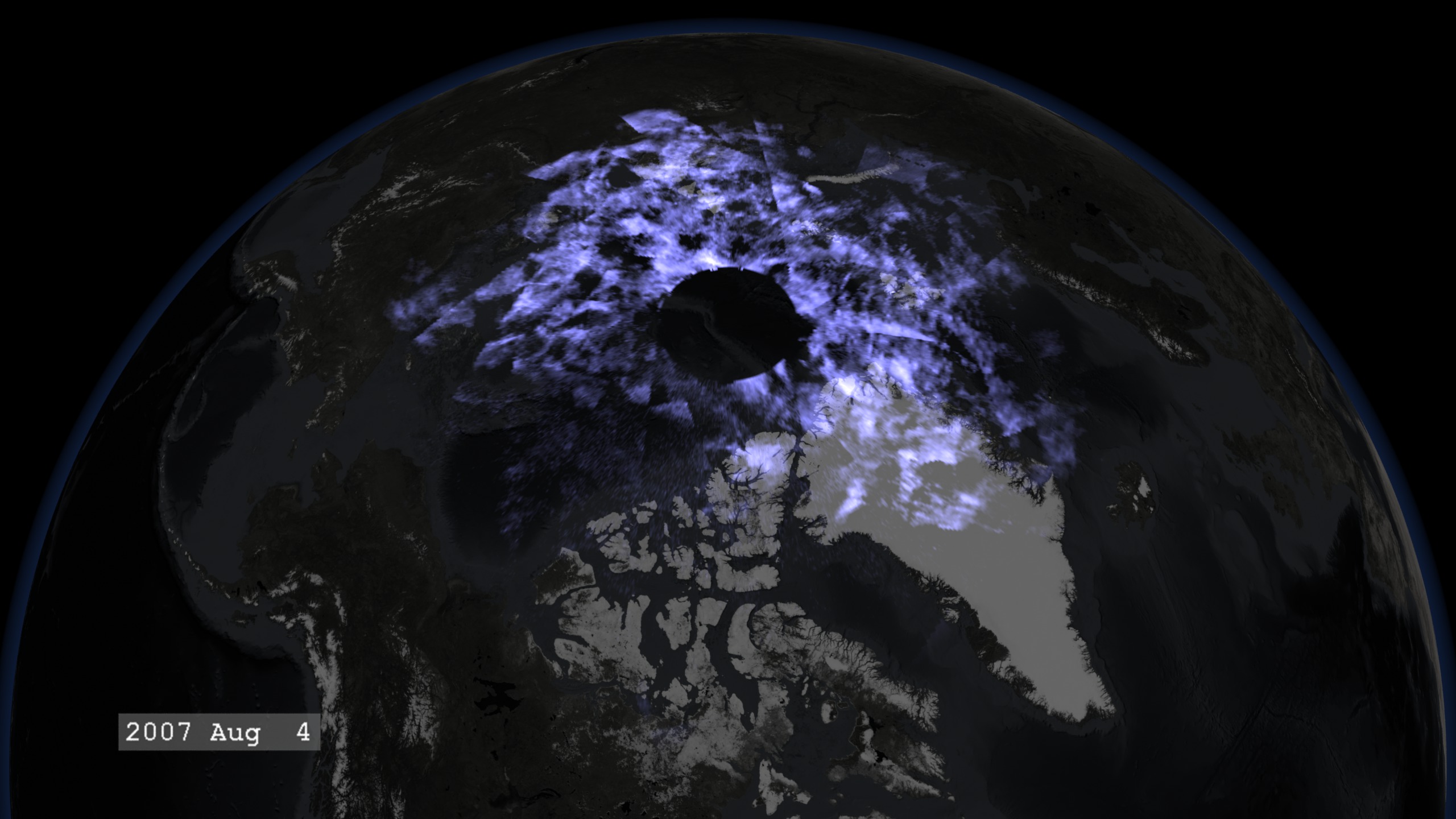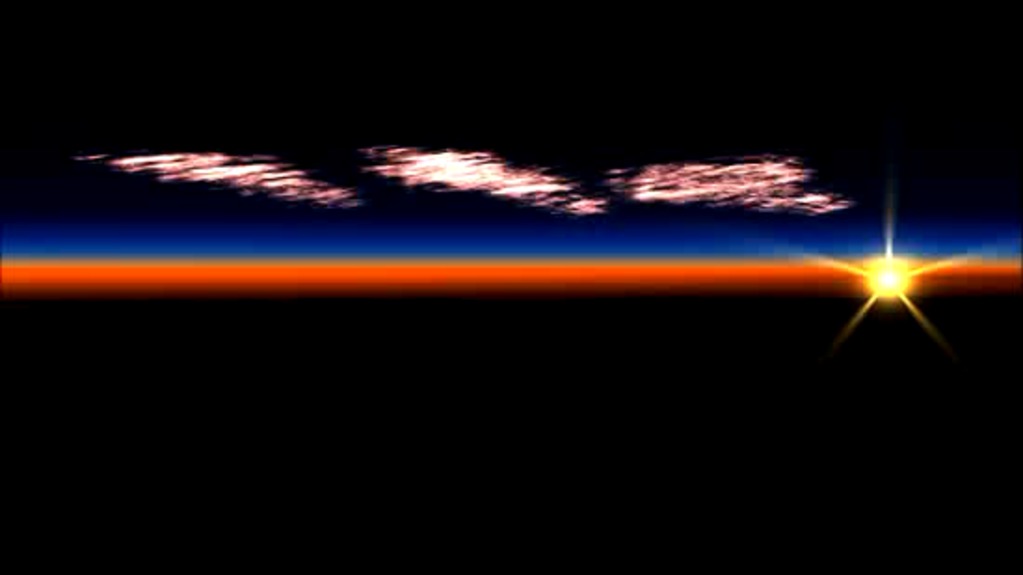Mesosphere
Visuals
The First Season of Noctilucent Clouds from AIM
Go to this pageThe Aeronomy of Ice in the Mesosphere (AIM) mission is the first satellite dedicated to the study of noctilucent clouds. Noctilucent clouds, sometimes called Polar Mesospheric Clouds, were first reported in 1885. Forming at altitudes above 50 miles, they are so faint that they can only be seen from the ground in the reflected light of the Sun after it has set below the horizon. Since their discovery, their cause has been a subject of study as a possible indicator of climate change. For those interested in observing noctilucent clouds from the ground, there are images and information at SpaceWeather's Gallery of Noctilucent Clouds. ||
AIM SOFIE and Cloud Composition
Go to this pageThe Solar Occultation For Ice Experiment (SOFIE) instrument uses solar occultation to measure cloud particles, temperature and atmospheric gases involved in forming the noctilucent clouds studied by the Aeronomy of Ice in the Mesosphere (AIM) spacecraft. The instrument will reveal the recipe of chemicals that prompt formation of polar mesospheric clouds. It will provide the most accurate and comprehensive look to date of ice particles and chemicals within the clouds as well as of the environment in which these clouds form. ||
Noctilucent Cloud Animation
Go to this pageBecause of their high altitude, near the edge of space, noctilucent clouds shine at night when the Sun's rays hit them from below while the lower atmosphere is bathed in darkness. Also known as Polar Mesospheric Clouds or PMCs, they typically form in the cold, summer polar mesosphere and are made of water ice crystals. In April 2007 the Aeronomy of Ice in the Mesosphere (AIM) Mission was launched with the express purpose of studying noctilucent clouds. ||


